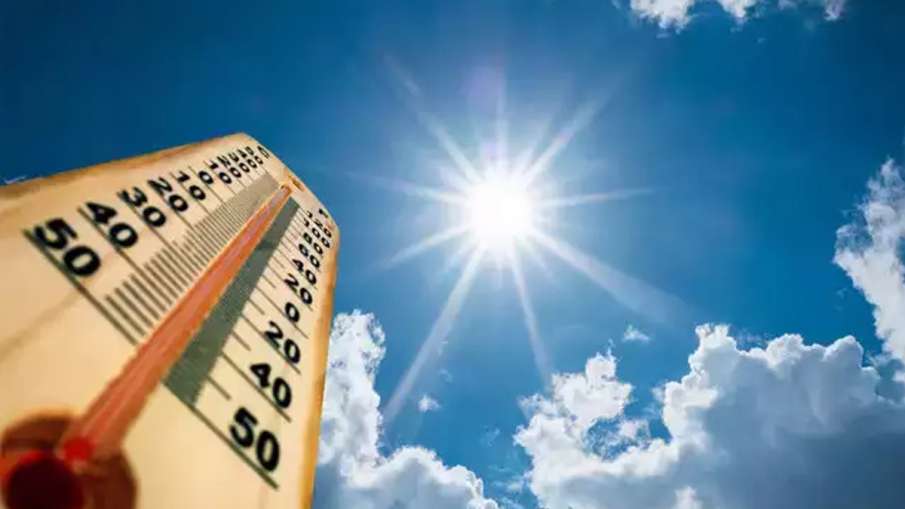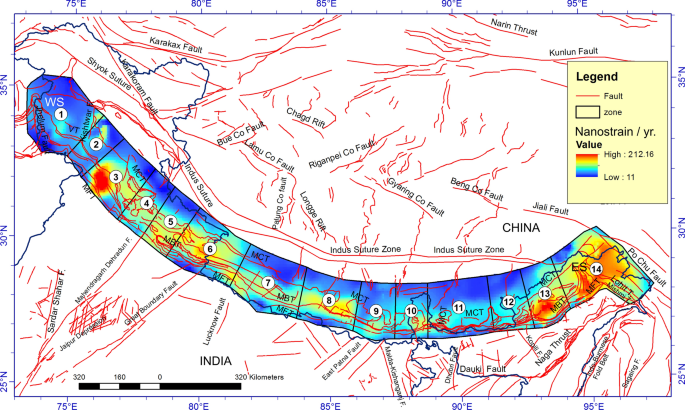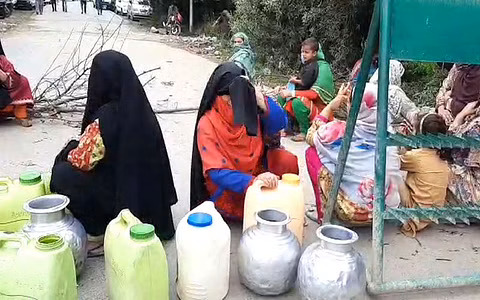Srinagar recorded the warmest temperatures in the month of March in 131 years, weather analysts said, while referring to the data being maintained since 1891
Srinagar recorded the warmest temperatures in the month of March in 131 years, weather analysts said, while referring to the data being maintained since 1891.
“We recorded a maximum temperature of 27.6°C in March 2022, the highest since the data was started to be recorded in 1891. In March 1971, we had seen a highest of 27.3°C,” said Mohammad Hussain Mir, a meteorologist at the Srinagar center of IMD.
“Change is natural, but this can also be a result of global warming,” he said. Not only Srinagar, but many parts of the union territory have also been reeling under a heatwave.
“Every weather station has been recording 9-10 degrees above normal temperatures. The most affected area is the Pir Panjal range, including Bhaderwah, Kishtwar, and Ramban starting from Katra in Jammu,” he added.
Kashmir’s prominent and reliable weather spotter, Kashmir_Weather, also wrote a series of tweets saying that the mean temperatures in March have been the warmest this year.
“Srinagar records warmest March in 131 years, other stations follow suit. March 2022 was the warmest in Srinagar since at least 1892,” it said.
The social media channel said that Srinagar recorded a mean maximum of 20.7°C, which was the warmest since 2004. The mean minimum temperature stood at 6.7°C, which was the highest ever in 131 years.
“The overall figure for March was 13.7°C in 2022, and 13.6°C in 2004, thus surpassing the previous record set in 2004,” it said, informing further that Srinagar has also recorded the lowest rainfall in March since 2008.
Jammu recorded its second warmest temperature since 1982. “In 2004, the mean temperature stood at 24.4°C, while in 2022 it was 23.3°C,” it said.
Meteorologist Mir said the world is moving more towards global warming after beginning its journey from the Ice Age.
Specifically this year, he said, hot and dry winds are prevailing over Jammu and Kashmir.
“The winds from the Mediterranean which flow over J&K are coming over from dry areas. From the Mediterranean, these follow the route of Iraq, Iran, Afghanistan, and Pakistan and at no place are able to absorb moisture,” he added.
“Besides, the subtropical westerly jet stream above has shifted 600km north than its normal position,” he said.
Not only the spring, Kashmir’s winter this year was less severe than in the past three years.






